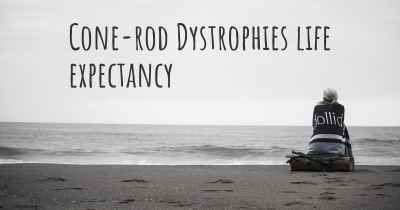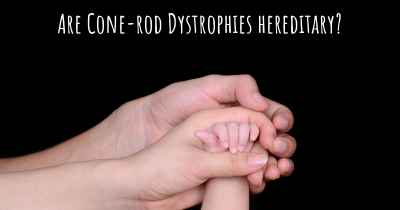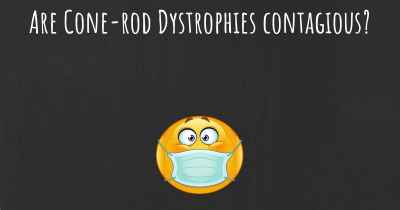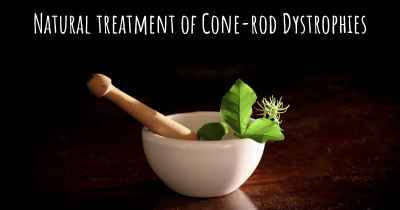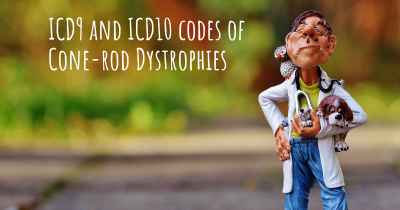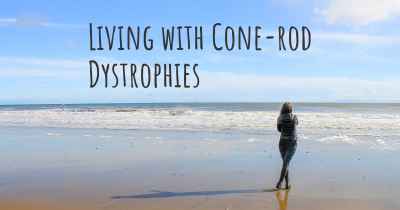Cone-rod Dystrophies diet. Is there a diet which improves the quality of life of people with Cone-rod Dystrophies?
See if there is a diet that can improve the quality of life of people with Cone-rod Dystrophies, recommended and to avoid food when having Cone-rod Dystrophies
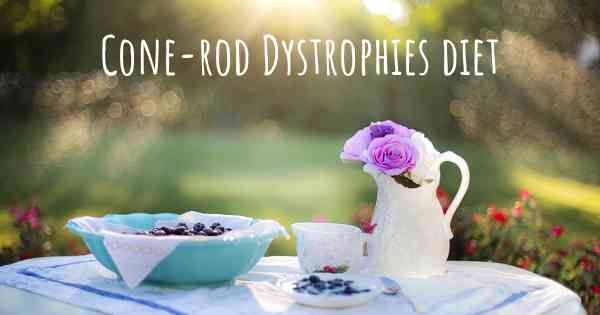
Cone-rod Dystrophies Diet: Improving Quality of Life
Cone-rod dystrophies (CRDs) are a group of rare genetic disorders that affect the retina, leading to progressive vision loss. While there is currently no cure for CRDs, adopting a healthy and balanced diet can play a crucial role in improving the quality of life for individuals with this condition. A well-planned diet can help support overall eye health, slow down disease progression, and enhance general well-being.
The Importance of Nutrients
When it comes to managing CRDs, certain nutrients have been found to be particularly beneficial:
- Vitamin A: Vitamin A is essential for maintaining good vision. Foods rich in vitamin A include carrots, sweet potatoes, spinach, kale, and liver.
- Omega-3 Fatty Acids: These healthy fats have anti-inflammatory properties and can help protect the retina. Good sources of omega-3 fatty acids include fatty fish (such as salmon and mackerel), flaxseeds, chia seeds, and walnuts.
- Vitamin C: Vitamin C is an antioxidant that helps protect the eyes from oxidative stress. Citrus fruits, strawberries, bell peppers, and broccoli are excellent sources of vitamin C.
- Vitamin E: Vitamin E also acts as an antioxidant and can be found in foods like almonds, sunflower seeds, spinach, and avocados.
- Zinc: Zinc is involved in the production of melanin, a pigment that protects the eyes. Good sources of zinc include oysters, beef, poultry, beans, and nuts.
General Dietary Guidelines
In addition to specific nutrients, following these general dietary guidelines can further support individuals with CRDs:
- Antioxidant-Rich Foods: Include a variety of fruits and vegetables in your diet, as they are rich in antioxidants that help protect the eyes from damage.
- Whole Grains: Opt for whole grains like brown rice, quinoa, and whole wheat bread, which provide essential nutrients and fiber.
- Lean Proteins: Choose lean sources of protein such as fish, poultry, legumes, and tofu to support overall health.
- Hydration: Drink an adequate amount of water throughout the day to maintain overall hydration and support eye health.
- Limit Processed Foods: Minimize the consumption of processed foods, as they often contain unhealthy fats, excessive sodium, and added sugars.
- Regular Meals: Aim for regular, balanced meals to provide a steady supply of nutrients and energy.
Consulting a Healthcare Professional
While a healthy diet can be beneficial for individuals with CRDs, it is important to consult with a healthcare professional or a registered dietitian before making any significant dietary changes. They can provide personalized advice based on individual needs, medical history, and specific CRD subtype.
Conclusion
While diet alone cannot cure or reverse CRDs, adopting a nutrient-rich and balanced diet can significantly improve the quality of life for individuals with these conditions. By incorporating foods rich in essential nutrients, antioxidants, and healthy fats, individuals with CRDs can support their overall eye health, slow down disease progression, and enhance their general well-being.
Posted Aug 10, 2018 by Shel 400
